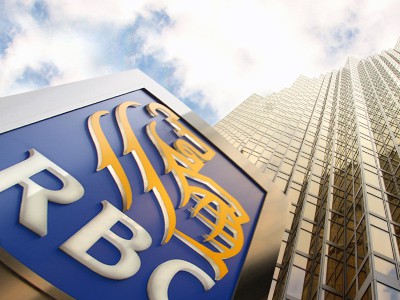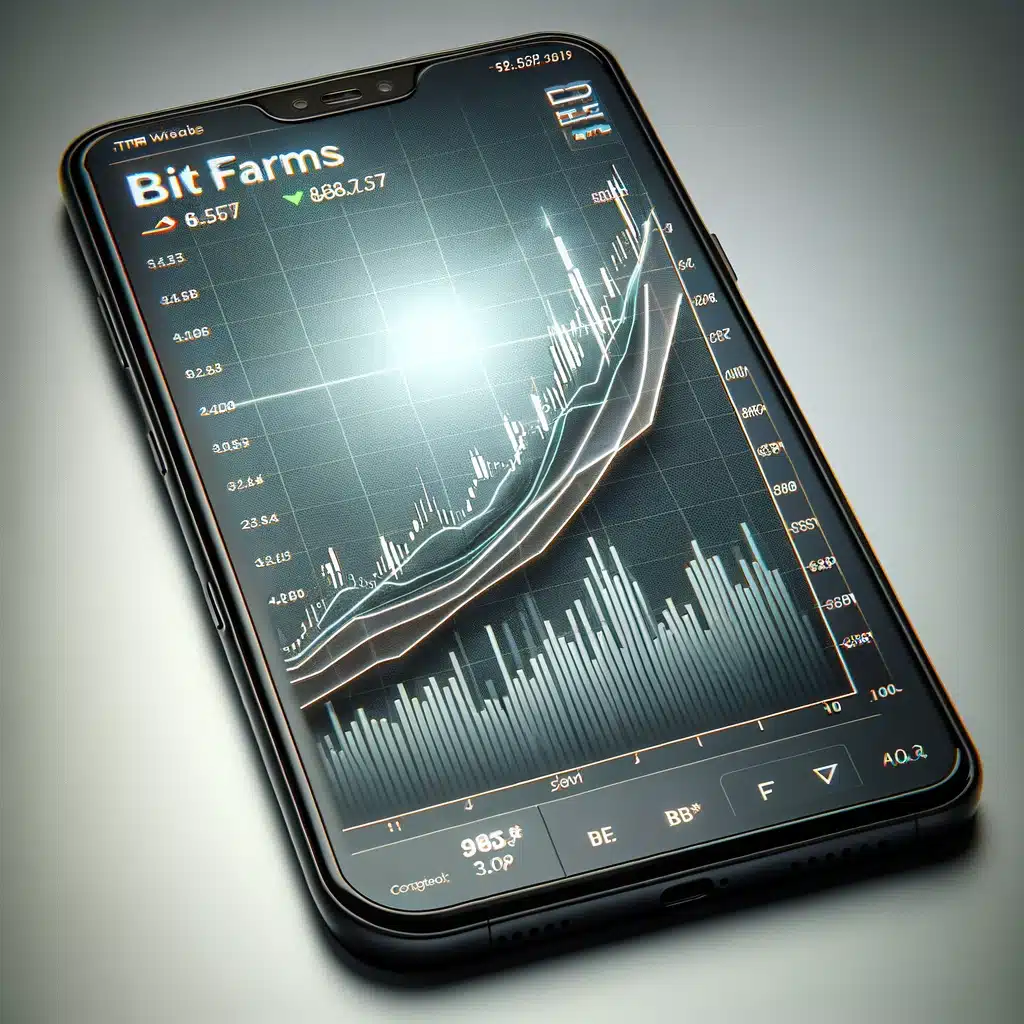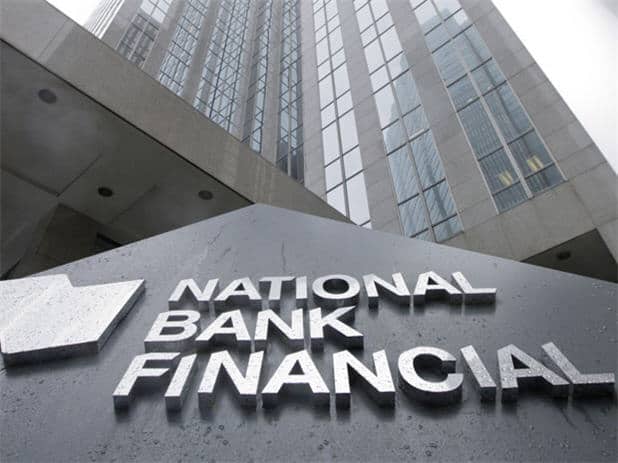
 Citing the fact that RBC clients sent more than $22 billion via person-to-person transfers in 2015, RBC has announced that it is eliminating fees for e-Transfer payments sent from personal chequing accounts.
Citing the fact that RBC clients sent more than $22 billion via person-to-person transfers in 2015, RBC has announced that it is eliminating fees for e-Transfer payments sent from personal chequing accounts.
As the use of physical cash diminishes, people’s need to pay each other both for formal and informal transactions, like splitting restaurant bills, paying babysitters, or reimbursing friends, means that they’re turning in greater numbers to e-Transfers.
“Offering free e-Transfers supports our commitment to helping our clients seamlessly and quickly send money how they want and when they want,” said Linda Mantia, executive vice-president, Digital, Payments and Cards at RBC. “As clients embrace new technologies and increase their use of mobile we are always looking for ways to provide them with added value and convenience. Taking this leadership role in person-to-person payments will allow us to continue to build client loyalty and maintain strong client relationships.”
The elimination of these fees can be seen as a response to a new financial reality, in which people exchange money electronically the way that they used to hand each other physical cash.
Figures from Interac bear this out, showing a 50% year-over-year increase in e-Transfer payments.
Given that nearly 100% of Canadian banking customers have access to sending or receiving Interac e-Transfer payments, cutting out the fee removes a barrier for what is becoming a normal day-to-day activity.
RBC Wallet is now available on Android, and is newly available for iPhone users, allowing clients to easily and securely access gift cards, among other things, while also letting customers exchange Interac e-Transfer payments with each other.
_____________________________________________________________________________________________________________________________
This article is brought to you by Apivio Systems (TSXV:APV)

In 2003, Rob Bakshi sold Vancouver-based CCTV firm Silent Witness to Honeywell for $90-million. Click here to learn about his next venture, Apivio Systems.
_____________________________________________________________________________________________________________________________
“RBC clearly recognizes the changing nature of payments and that clients are demanding and embracing digital payment options as part of their core banking services,” said Mark O’Connell, president and CEO of Interac Association and Acxsys Corporation. “Clients want to be able to easily and securely pay and exchange money using funds in their bank accounts and our payment solutions, like Interac e-Transfer, help financial institutions meet this need.”
RBC recently re-designed its mobile app, as well as its RBC Wallet for Android and iPhone.
The bank introduced a free RBC client to RBC client payment service in 2001, and then Interac e-Transfer payments in 2003.
“RBC’s investment in mobile has really accelerated the adoption of person-to-person payments and in 2015 RBC clients sent more than $22 billion in payments between our two person-to-person payment services – far surpassing many incumbents and new entrants in the fintech space,” said Mantia. “Today, more than 50 per cent of RBC e-Transfers are sent using a mobile device, which was less than 20 per cent just a couple of years ago. It’s not a surprise our clients love RBC person-to-person payments as they are simple, instant and now they are free.”
Leave a Reply
You must be logged in to post a comment.


 Share
Share Tweet
Tweet Share
Share




Comment